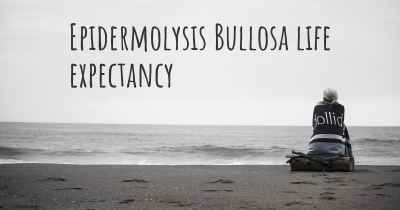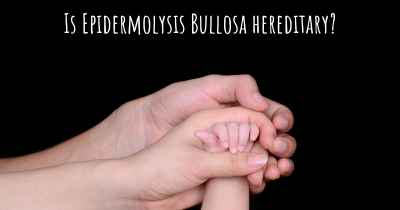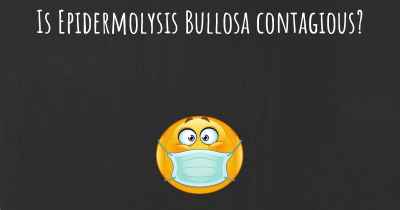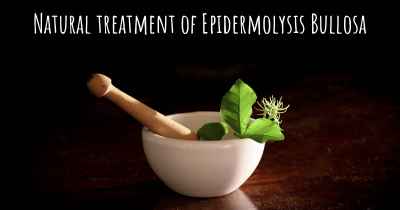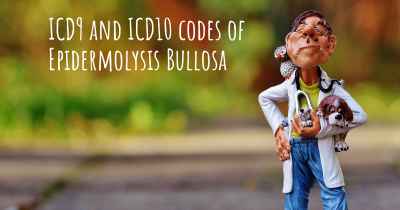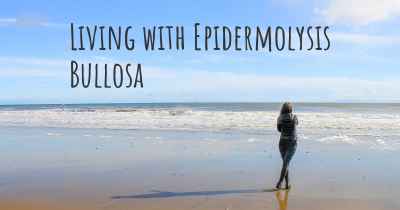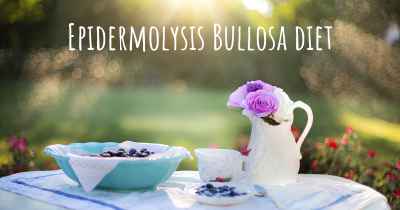Is it advisable to do exercise when affected by Epidermolysis Bullosa? Which activities would you suggest and how intense should they be?
See if it is advisable for people with Epidermolysis Bullosa to practice sports and which ones are the most recommended if you have Epidermolysis Bullosa
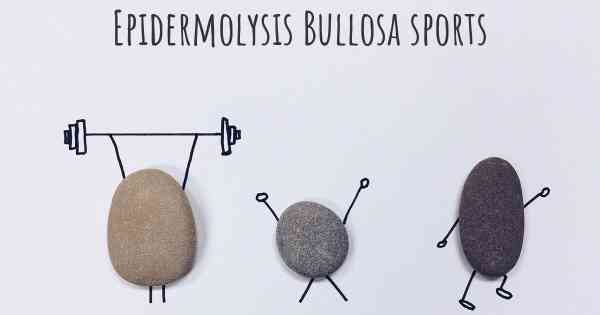
Is it advisable to do exercise when affected by Epidermolysis Bullosa?
Epidermolysis Bullosa (EB) is a rare genetic condition that affects the skin, causing it to be extremely fragile and prone to blistering. The severity of EB can vary greatly from person to person, with some individuals experiencing mild symptoms and others facing more severe complications. When it comes to exercise and physical activity, it is important to consider the specific type and severity of EB, as well as individual limitations and recommendations from healthcare professionals.
Benefits of Exercise for Epidermolysis Bullosa
Engaging in regular exercise can offer numerous benefits for individuals with EB, both physically and mentally. It is important to note that exercise should be approached with caution and tailored to the individual's capabilities and limitations. Here are some potential benefits of exercise for individuals with EB:
- Improved muscle strength and flexibility: Regular exercise can help strengthen muscles and improve flexibility, which can be particularly beneficial for individuals with EB who may have limited mobility or muscle weakness.
- Better cardiovascular health: Engaging in cardiovascular exercises, such as walking, swimming, or cycling, can help improve heart and lung function, which is important for overall health and well-being.
- Enhanced mood and mental well-being: Exercise has been shown to release endorphins, which are natural mood boosters. It can also provide a sense of accomplishment and improve self-esteem, which can be especially important for individuals with EB who may face daily challenges.
- Weight management: Regular physical activity can help maintain a healthy weight, which is important for individuals with EB as excess weight can put additional strain on the skin.
- Improved bone health: Weight-bearing exercises, such as walking or strength training, can help improve bone density and reduce the risk of fractures, which can be a concern for individuals with EB.
Types of Exercise to Consider
When it comes to choosing the right type of exercise for individuals with EB, it is crucial to consider the specific limitations and recommendations provided by healthcare professionals. Here are some types of exercise that may be suitable:
- Low-impact exercises: Activities that are gentle on the joints and minimize the risk of skin trauma are generally recommended. These may include walking, swimming, water aerobics, tai chi, or yoga.
- Range of motion exercises: Stretching and range of motion exercises can help improve flexibility and prevent joint stiffness. These exercises should be done gently and within the individual's comfort level.
- Strength training: Light resistance exercises using resistance bands or light weights can help improve muscle strength. It is important to start with low resistance and gradually increase as tolerated.
- Balance and coordination exercises: Activities that focus on balance and coordination, such as yoga or tai chi, can help improve stability and reduce the risk of falls.
Exercise Intensity and Safety Precautions
The intensity of exercise for individuals with EB should be carefully considered to avoid skin trauma and excessive strain on the body. Here are some important considerations:
- Start slow and gradually increase: It is important to start with low-intensity exercises and gradually increase the duration and intensity as tolerated. This allows the body to adapt and reduces the risk of injury.
- Listen to your body: Individuals with EB should pay close attention to their body's signals and adjust the intensity or type of exercise accordingly. If any discomfort or skin irritation occurs, it is important to stop and seek medical advice.
- Protect the skin: Prior to exercise, it is essential to protect the skin by applying appropriate dressings or padding to vulnerable areas. Wearing loose-fitting, breathable clothing can also help minimize friction and reduce the risk of blisters.
- Stay hydrated: Proper hydration is important for everyone, including individuals with EB. Drinking enough water before, during, and after exercise is crucial to prevent dehydration.
- Consult with healthcare professionals: It is essential to consult with healthcare professionals, such as dermatologists or physical therapists, who are familiar with EB and can provide personalized recommendations and guidance.
Conclusion
While exercise can offer numerous benefits for individuals with Epidermolysis Bullosa, it is crucial to approach it with caution and consider individual limitations. Engaging in low-impact exercises, range of motion exercises, strength training, and balance exercises can help improve muscle strength, flexibility, cardiovascular health, mood, and overall well-being. It is important to start slowly, listen to the body's signals, protect the skin, stay hydrated, and seek guidance from healthcare professionals. By taking these precautions, individuals with EB can safely incorporate exercise into their routine and enjoy the physical and mental benefits it provides.
Posted Aug 21, 2017 by Michelle 1000
